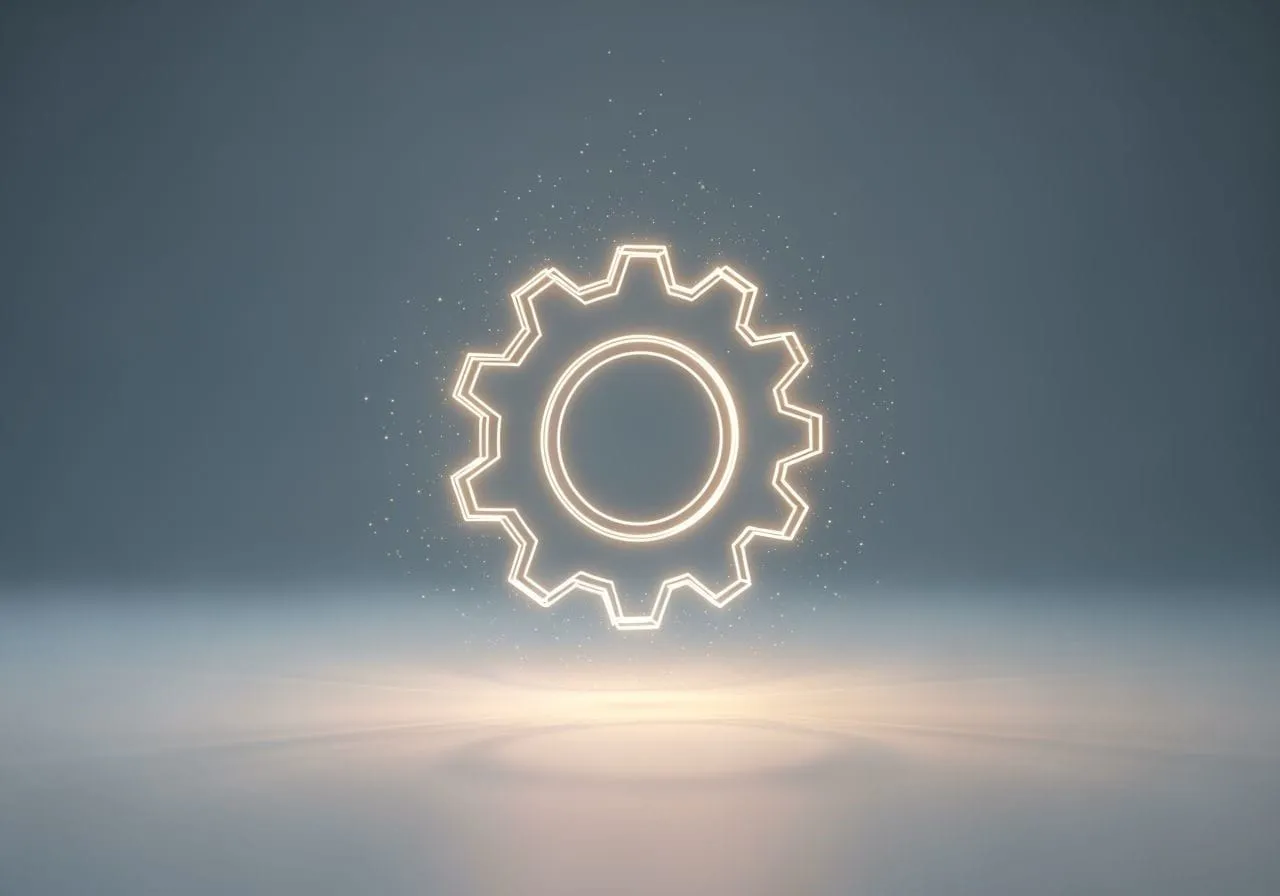A VibeAxis field manual for people who still think
A one-line definition (tattoo this on a product roadmap)
Ethical AI = the smallest system that achieves the goal with documented consent, measured risk, human recourse, and a working kill switch.
If any word in that sentence makes a PM itchy—good. That’s the point.
- Ethical AI isn’t a vibe or a virtue signal. It’s ops: consent, constraints, consequences, and control—with receipts.
- If a system can’t tell you what data it used, who benefits, who absorbs harm, and how to stop it, it’s not ethical. It’s marketing.
- This is the practical playbook we keep reaching for. No halos. Only handles.
The Four C’s (what we check before we ship anything)
1) Consent
Do you have explicit, informed permission for the data and the use? Not “we buried it in cookies.” Real consent survives daylight and plain language.
2) Context
Models generalize; humans don’t live in averages. Did you scope the system to a narrow, honest context where errors won’t wreck someone’s life?
3) Consequences
Who eats the downside when it fails? Show your harm map: failure modes, likely targets, mitigation, and who pays.
4) Control
Is there a human override with teeth—a real stop button, rollback, and appeal process—owned by someone who isn’t graded on “monthly actives”?
The Six Tests (minimum viable teeth)
Run these before you call anything “ethical.” If you can’t pass, park the feature.
Red flags we keep seeing (from our own crash tests)
Who should decide what’s “ethical”? (hint: not just the people shipping it)
If the people who profit are the only ones deciding the rules, you don’t have ethics. You have governance theater.
If any one of these is missing, the system is unbalanced—and the harm will find the lightest person in the room.
Role-based playbooks (clip these into your workflows)
If you’re a creator/marketer
If you’re a product lead
If you’re policy/ops
If you’re a human using this stuff
The five-minute vendor gut-check (print this)
If they stall on any one of these, you’ve met their ethics roadmap: Later.
“But bias is inevitable—so why try?”
Because harm is not evenly distributed. You can’t delete bias, but you can refuse to industrialize it. Good ethics compress damage and expand recourse. That’s the job.
Where “ethical” meets “useful” (the boring truth that works)
When to walk away
Kill the feature if any of these are true:
Shipping anyway isn’t bold; it’s lazy with better fonts.
A note on “AI for good”
We’ve tested enough models to know: some of this stuff really helps—accessibility, translation, summarization, early detection. But good outcomes don’t exempt you from guardrails. Speed saves lives and destroys them; the difference is governance.
The VibeAxis pledge (and how we hold ourselves to it)
If your favorite tools did half of that, “ethical AI” would stop being a punchline.
Closing: don’t hand your agency to a dashboard
You don’t need a PhD to interrogate AI—just a spine, a checklist, and an exit plan. Doubt the hype. Trace the data. Demand the kill switch. Make “ethical” mean constrained power with consequences, not pretty values on a slide.
And if anyone tells you ethics will slow them down, tell them that’s the feature. Then ask where they keep the receipts.



